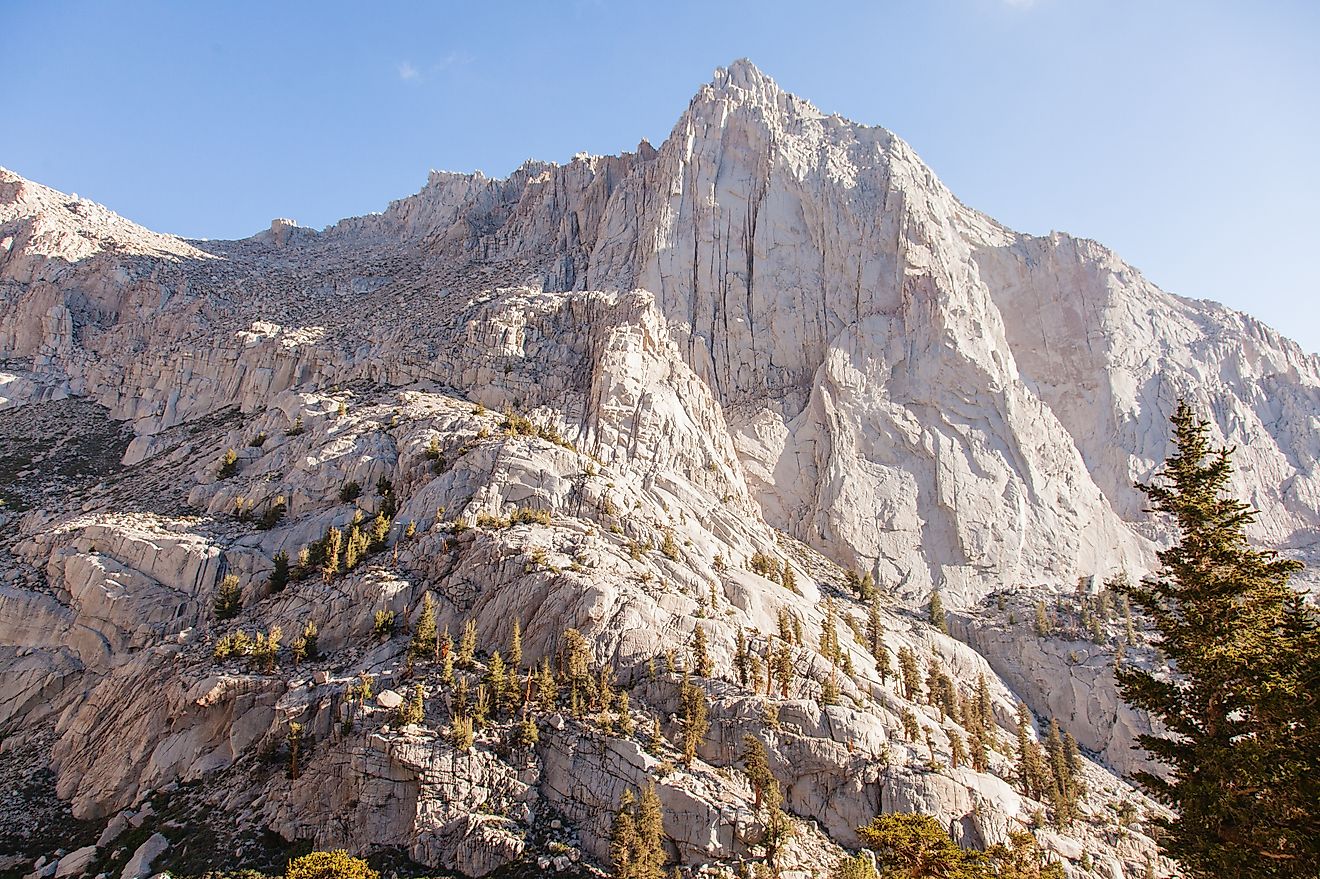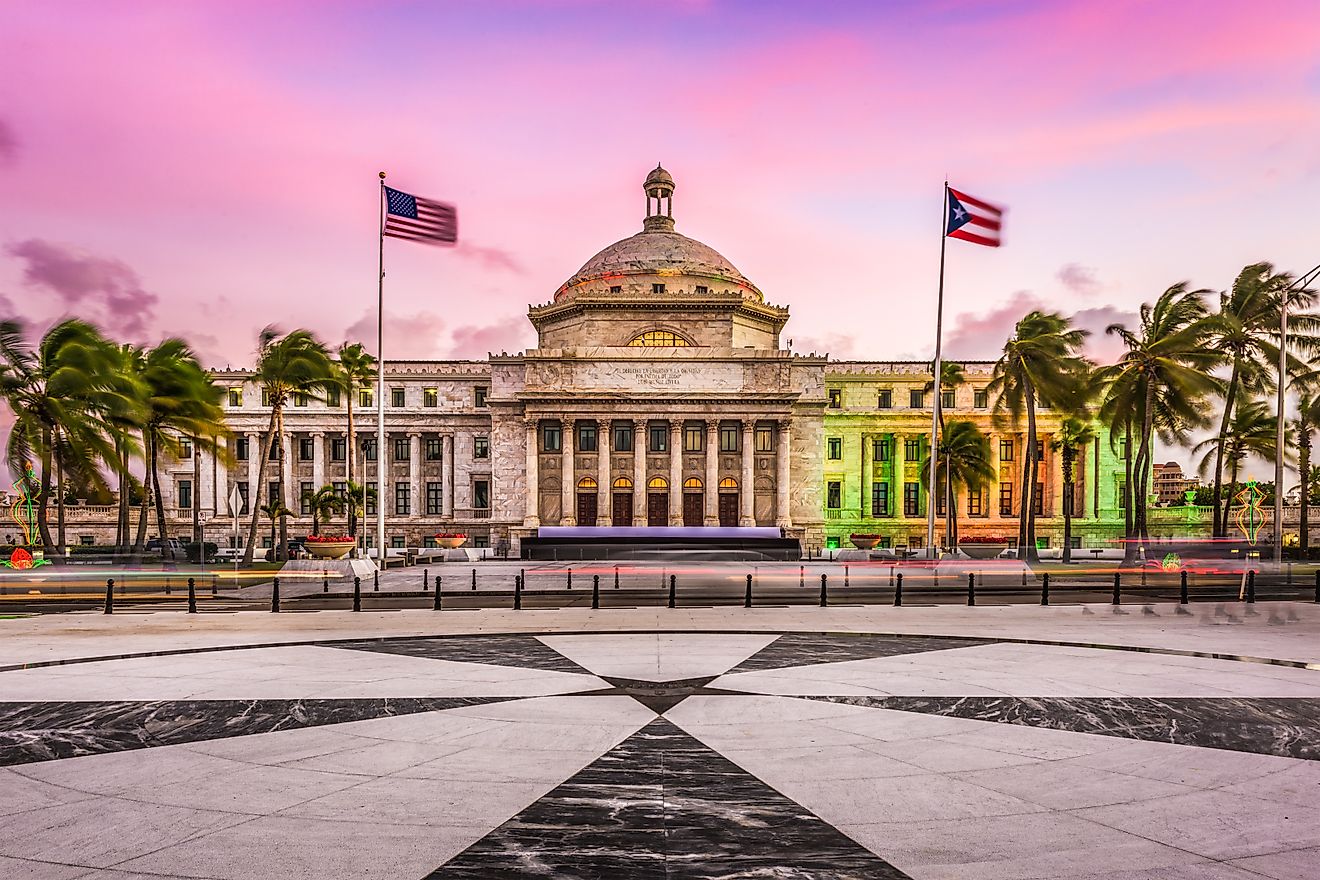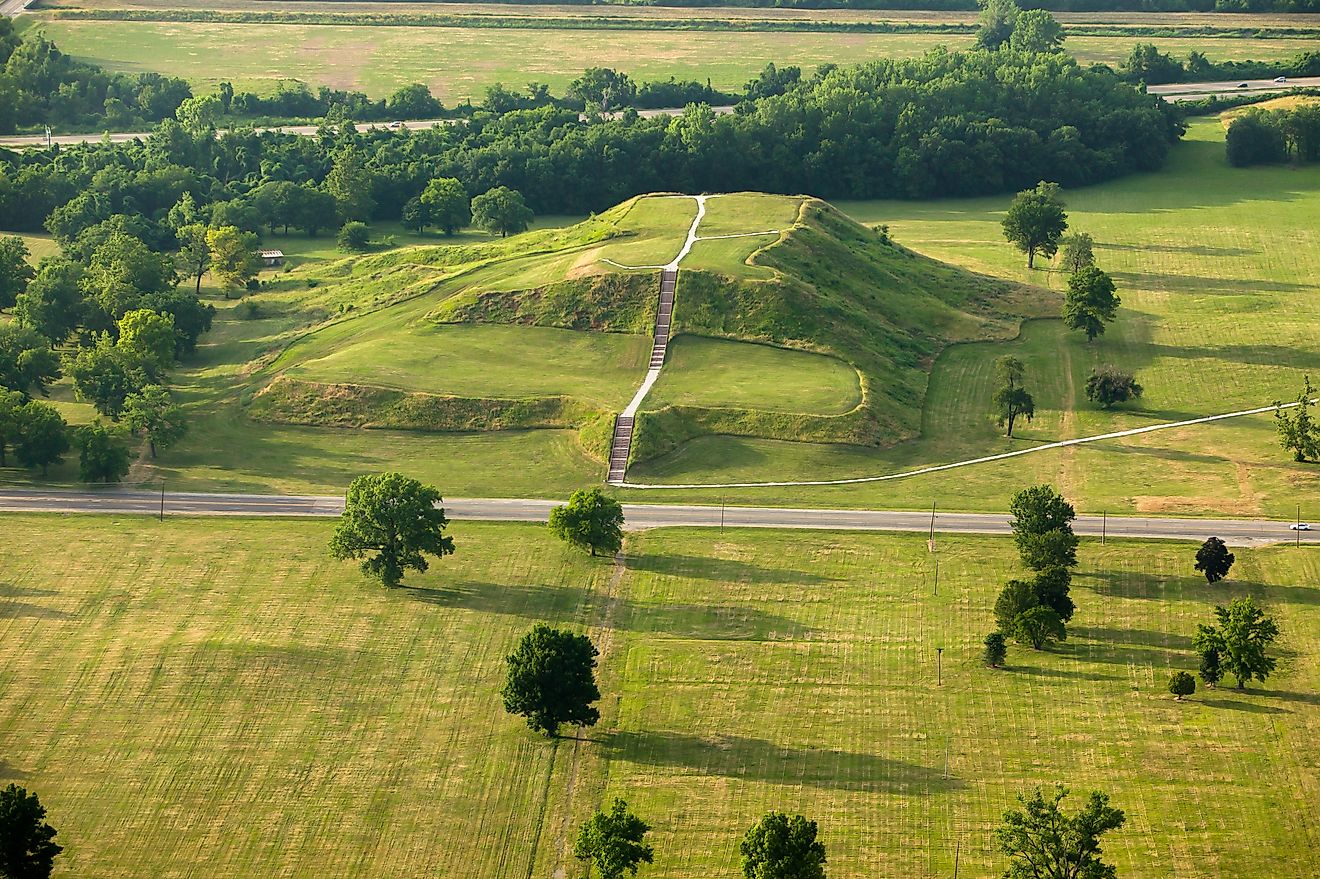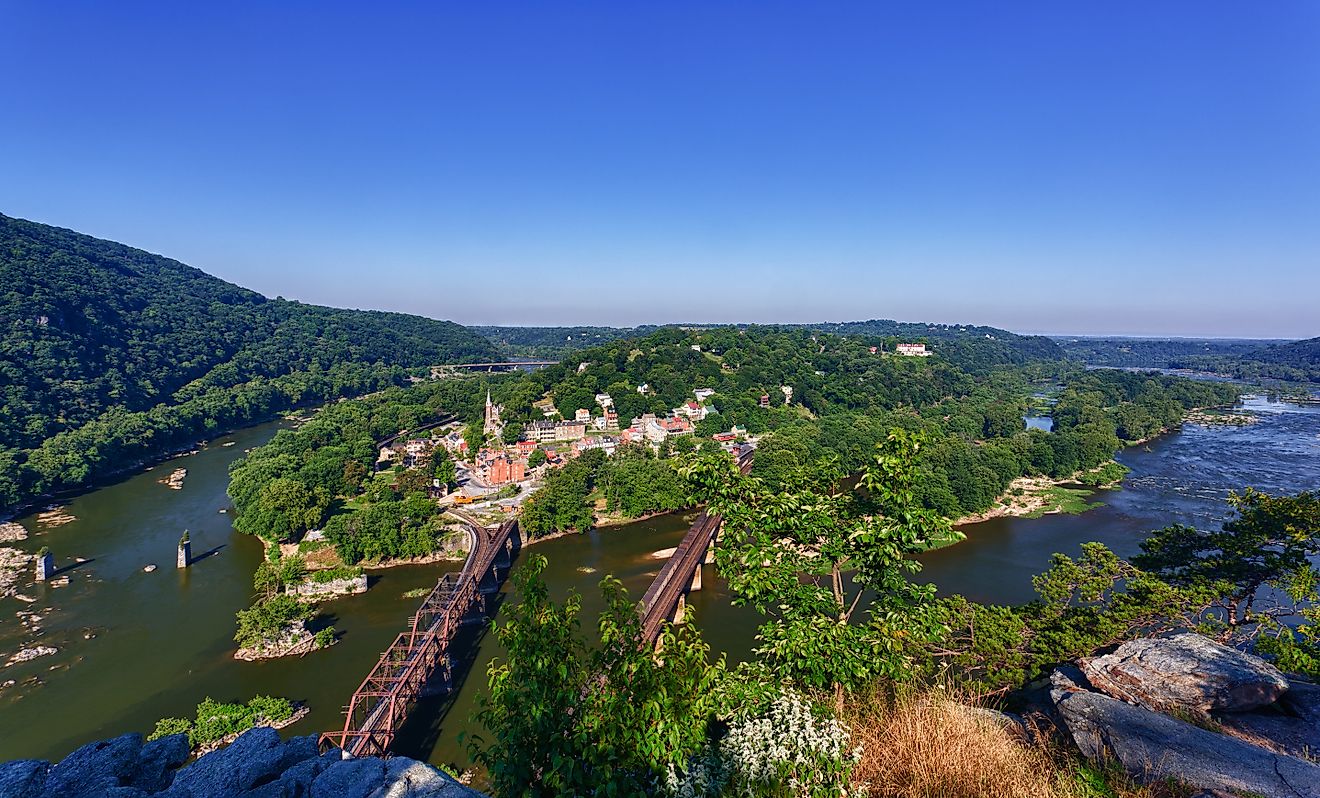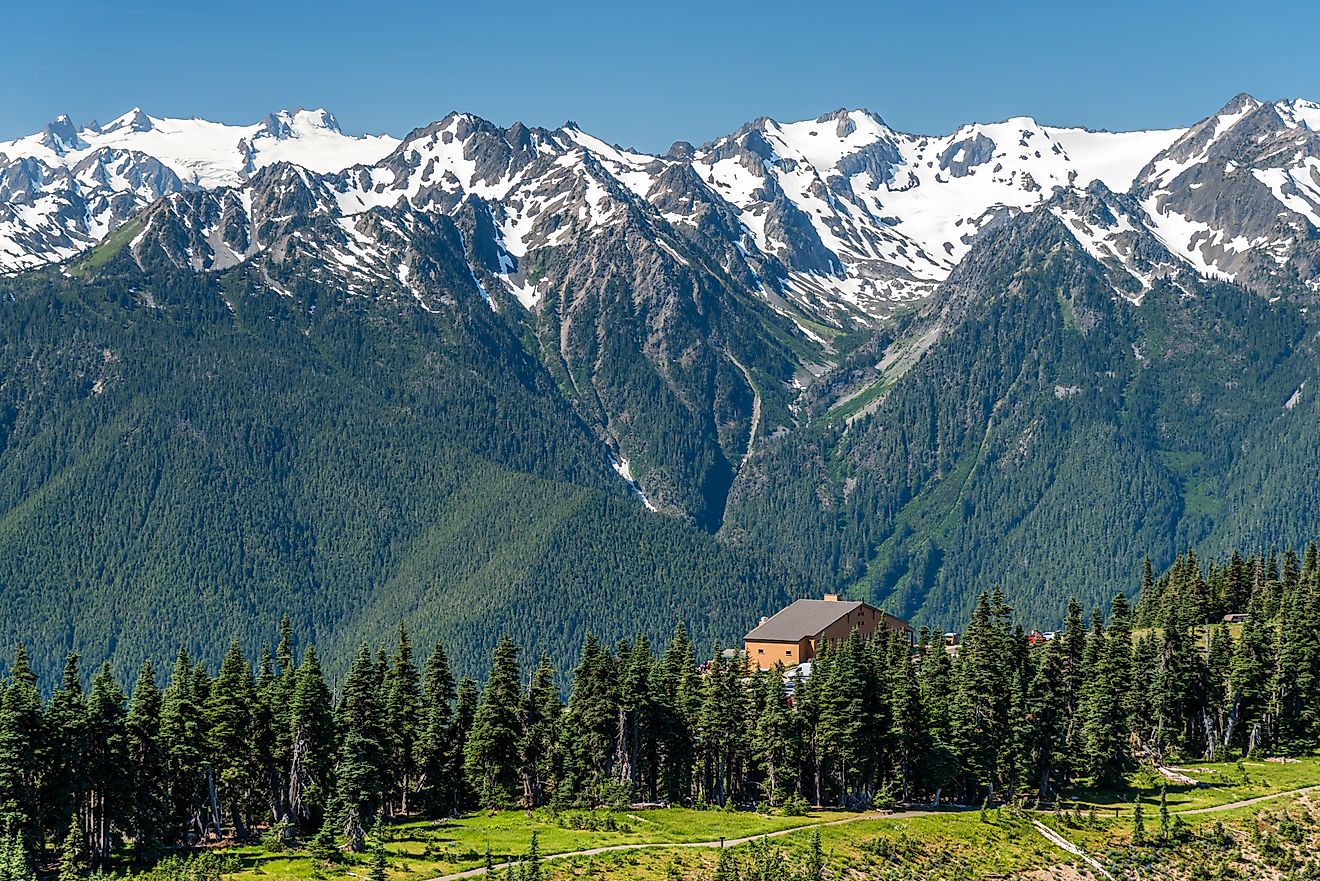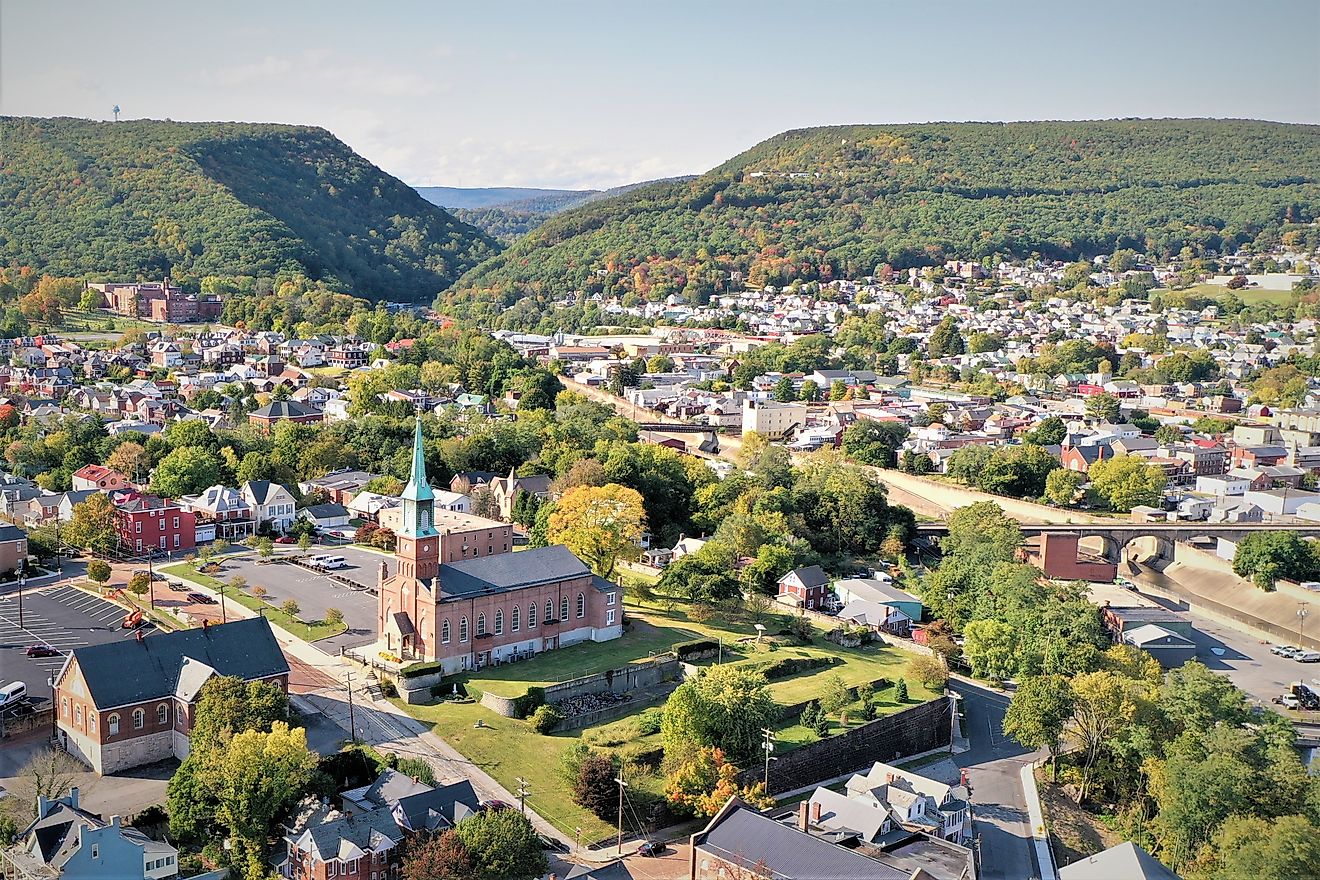
When Did Alaska Become A State?
Alaska officially became the 49th state of the United States on January 3, 1959. This monumental shift marked the end of a long journey from distant Russian territory to fully integrated American statehood. While Alaska’s admission into the Union may seem like a straightforward historical footnote, the story behind it is one of geopolitics, cultural transformation, and a deep desire for representation.
Explore the timeline leading up to Alaska’s statehood, uncover what the territory was before becoming part of the US, and dive into how this vast and remote land went from a rugged frontier to a symbol of American expansion and resilience.
Before Statehood: What Was Alaska?
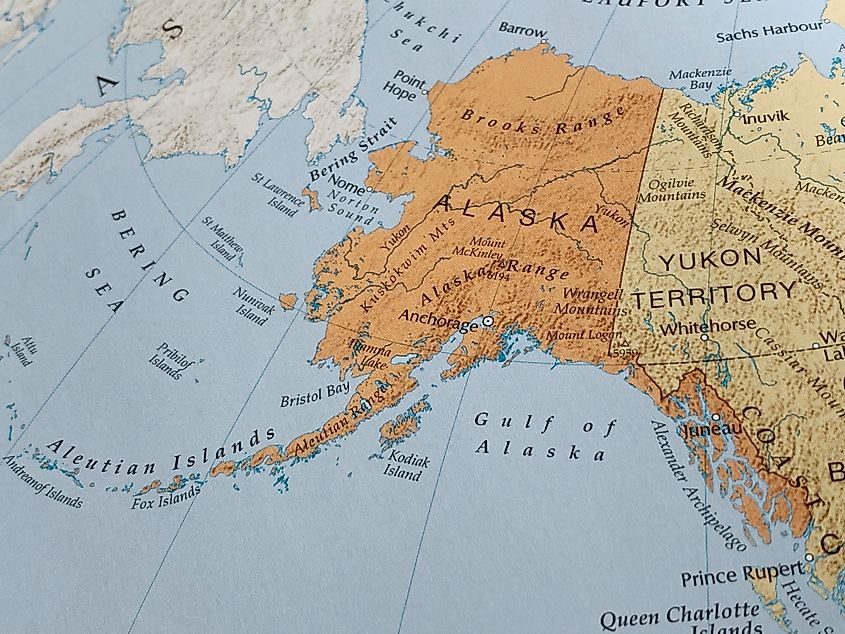
Russian America
Long before Alaska joined the Union—or even became a US territory—it was a Russian colony. In the mid-1700s, Russian explorers and fur traders pushed eastward across Siberia and into North America, eventually laying claim to a massive stretch of land they called Russian America.
The Russian-American Company, a commercial trading venture chartered by Tsar Paul I, managed the region. Russian settlements dotted the coastline, especially around what is now Sitka, which served as the colonial capital. However, despite its size, Russian America was never a major source of wealth for the empire. It was expensive to maintain and difficult to defend, particularly as British and American whaling ships and traders became more active in the North Pacific.
The Alaska Purchase: “Seward’s Folly”
Facing financial difficulties and fearing British expansion into its holdings, Russia offered to sell Alaska to the United States. In 1867, US Secretary of State William H. Seward negotiated the purchase of Alaska for $7.2 million—about two cents per acre. Though the transaction added over 586,000 square miles of land to the United States, it was widely criticized at the time. Newspapers mockingly dubbed it “Seward’s Folly” and “Seward’s Icebox,” questioning why the US would buy such a remote and frozen wasteland.
Nevertheless, on October 18, 1867, the formal transfer occurred in Sitka, and the American flag was raised. This date is still celebrated annually in Alaska as Alaska Day.
Life as a US Territory
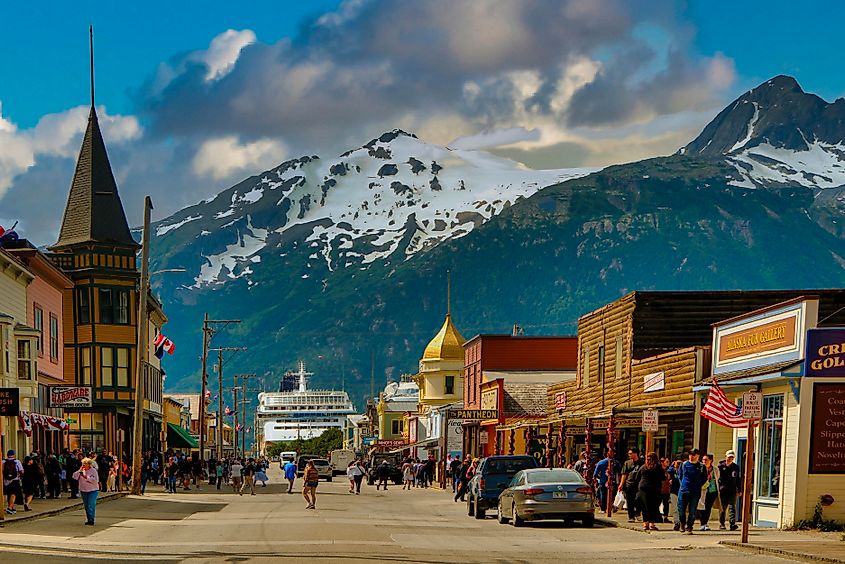
From 1867 to 1912, Alaska was first designated as the Department of Alaska and later as a district, operating under the jurisdiction of the US Army, the Department of the Treasury, and eventually the Navy. The region lacked formal civil governance, and law enforcement was minimal.
The Klondike and Gold Rush Boom
Alaska’s value began to be recognized in the late 19th century. The discovery of gold in the Yukon Territory in the 1890s sparked the Klondike Gold Rush, with thousands of prospectors passing through Alaska on their way to the goldfields. Soon after, more gold was discovered in Nome and Fairbanks, further fueling migration and economic development.
These events brought infrastructure, boomtowns, and new interest in Alaska’s natural resources, including fisheries, timber, and minerals.
Becoming an Organized Territory
In 1912, Alaska was officially declared an organized US territory by Congress. This change gave Alaskans more autonomy through a territorial legislature and a governor appointed by the president. Still, territorial status didn’t offer full democratic rights. Residents could not vote in presidential elections, had no representation in the US Senate, and only had a non-voting delegate in the House of Representatives.
The Push for Statehood
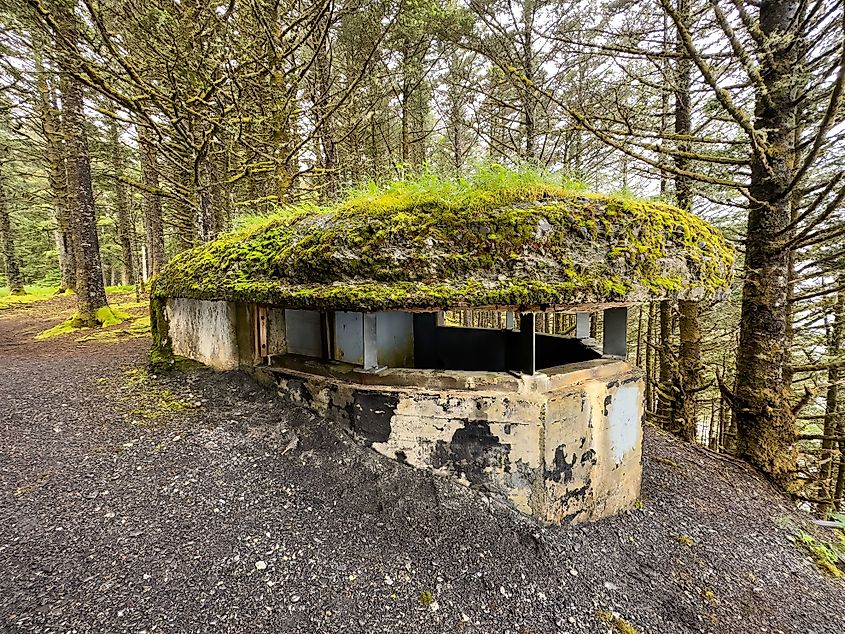
World War II and Strategic Importance
Alaska’s strategic importance came into sharp focus during World War II. The Japanese occupation of the Aleutian Islands in 1942 made Alaska the only part of the US to be invaded during the war. The US military rushed to build airfields, highways, and bases, transforming the region’s infrastructure.
Alaskans served with distinction in the war, and the military presence helped integrate the territory more closely with the rest of the United States. These events also changed national perceptions: Alaska was no longer a distant wilderness but a crucial defense outpost.
Political Momentum Builds
After the war, calls for statehood intensified. Alaskans wanted equal rights and full representation in Congress. Advocates like Ernest Gruening, Alaska’s territorial governor, and Bob Bartlett, the territory’s delegate to Congress, spearheaded a decades-long campaign for statehood. They emphasized Alaska’s contributions to national defense, its growing population, and its economic potential.
Opponents, however, raised concerns about Alaska’s remoteness, its dependence on federal aid, and the political balance it might shift in Congress.
Alaska Becomes the 49th State
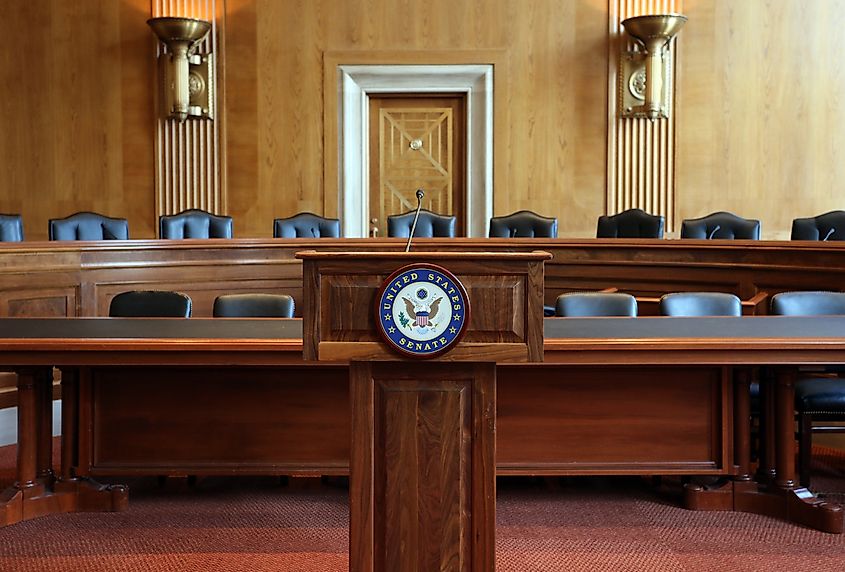
In 1958, after years of debate, Congress finally passed the Alaska Statehood Act, which President Dwight D. Eisenhower signed into law on July 7, 1958. A statewide vote had already shown overwhelming support among Alaskans for joining the Union.
On January 3, 1959, President Eisenhower officially declared Alaska the 49th state of the United States. That same day, William A. Egan was sworn in as the state’s first governor, and Alaska sent its first elected representatives—Ernest Gruening and Bob Bartlett—to the US Senate.
What Statehood Meant for Alaska
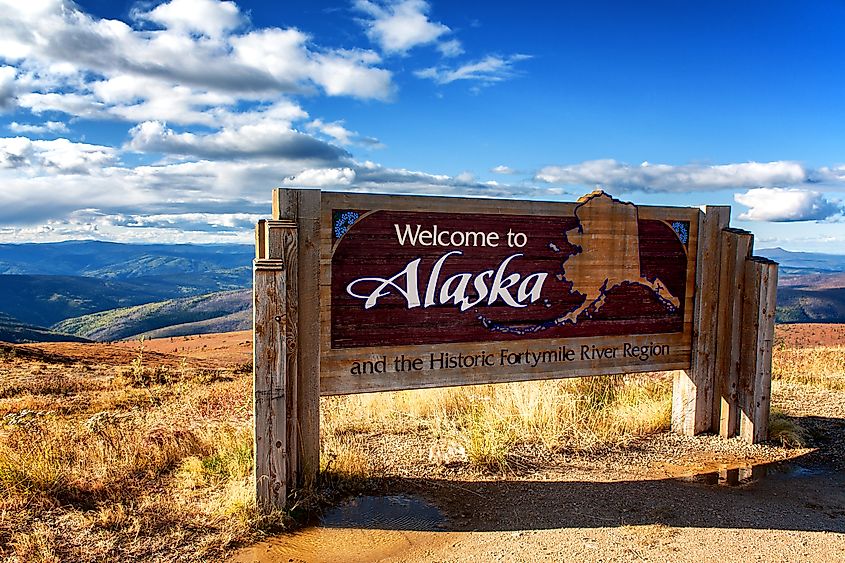
Alaska’s transition to statehood marked a major turning point. While statehood didn’t resolve every issue, it ushered in a new era of political autonomy and federal investment.
Economic Impact
With full statehood, Alaska gained access to new streams of federal funding and control over vast swaths of land. The Alaska Statehood Act granted the new state ownership of more than 100 million acres of land, providing resources and revenue that helped support infrastructure development and public services.
The discovery of oil at Prudhoe Bay in 1968—and the subsequent construction of the Trans-Alaska Pipeline—transformed the state’s economy. Today, revenue from oil helps fund the Alaska Permanent Fund, which pays residents an annual dividend from investment earnings.
Representation and Civil Rights
Statehood also gave Alaskans a greater voice in national politics, with full voting representation in the House and Senate and participation in presidential elections.
Importantly, it paved the way for future advancements in Native rights. While Alaska Natives were not always fully included in the early political process, the decades after statehood saw the rise of powerful Native organizations and landmark legislation, such as the Alaska Native Claims Settlement Act (ANCSA) of 1971, which returned millions of acres of land and provided economic compensation to Native communities.
Alaska Today
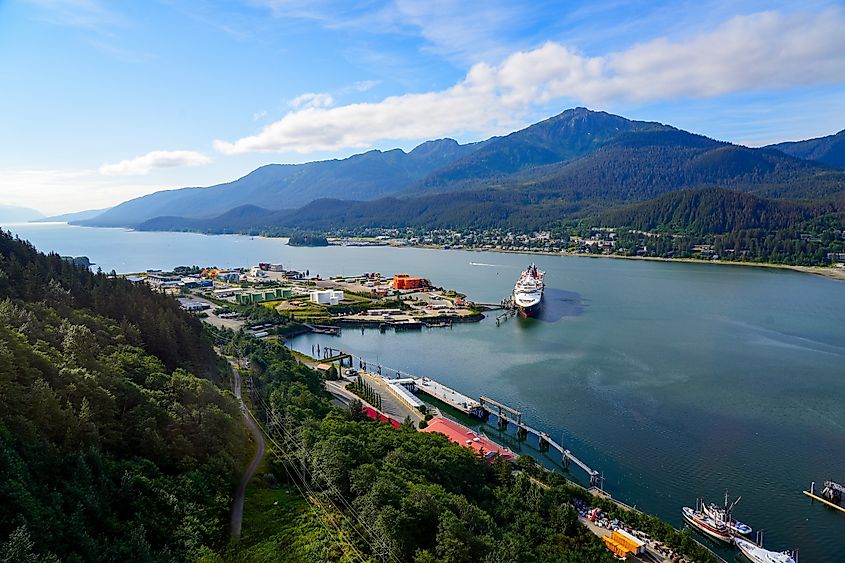
Today, Alaska is known for its vast wilderness, cultural diversity, and natural resources. Though it remains the most sparsely populated US state, it punches above its weight in terms of influence, environmental importance, and strategic value.
Tourism, oil, fishing, and a growing awareness of climate change impacts have made Alaska a focal point for many national conversations. As the “Last Frontier,” Alaska embodies both the untamed spirit of early America and the modern challenges of environmental stewardship, Indigenous sovereignty, and economic sustainability.
Summary: Key Dates in Alaska’s Path to Statehood
-
1741–1867: Russian America under the control of the Russian Empire
-
1867: Purchased by the US for $7.2 million (“Seward’s Folly”)
-
1912: Becomes an organized US territory
-
1942–1945: Strategic role in World War II
-
1958: Alaska Statehood Act passed by Congress
-
January 3, 1959: Officially becomes the 49th state
Q&A: Quick Facts About Alaska’s Statehood

When did Alaska become a state?
January 3, 1959.
What was Alaska before it became a state?
It was first a Russian colony (Russian America), then a U.S. territory after its purchase in 1867.
Why did Russia sell Alaska?
Russia feared losing the territory to Britain and saw little economic benefit in maintaining it.
Why did it take so long for Alaska to become a state?
Concerns about distance, population size, and political implications delayed its admission.
What were the benefits of statehood?
Full representation in Congress, control of land and resources, and access to federal funding.
Alaska’s Journey to Statehood
So, when did Alaska become a state? The answer is January 3, 1959—but understanding how and why it joined the Union reveals a much deeper story. From its days as Russian America to its critical role in World War II and beyond, Alaska’s journey reflects the enduring American values of expansion, resilience, and inclusion. Its story is far from over, but statehood was the turning point that gave Alaskans the full voice and opportunity they had long fought to achieve.

